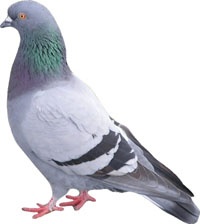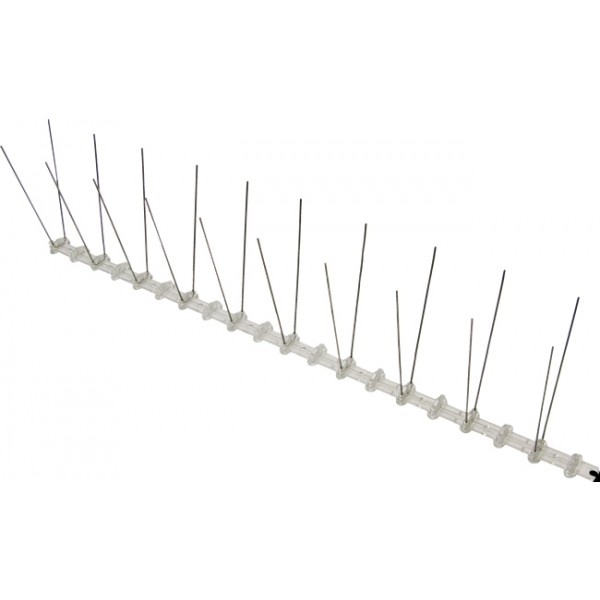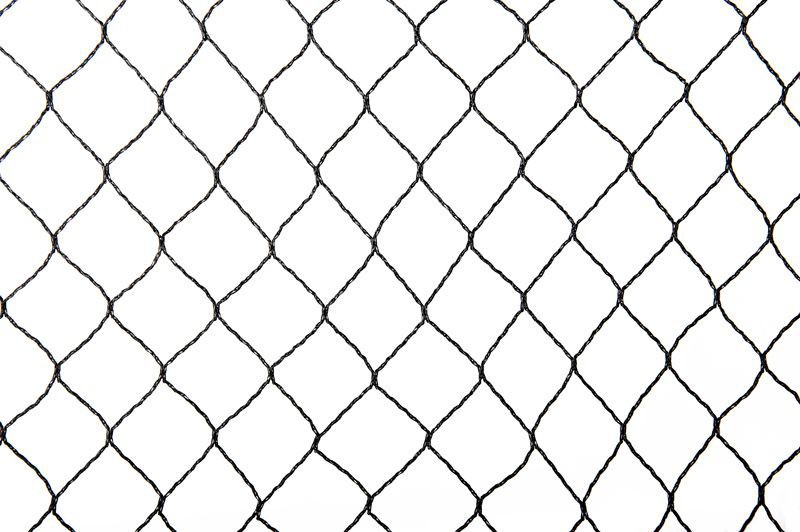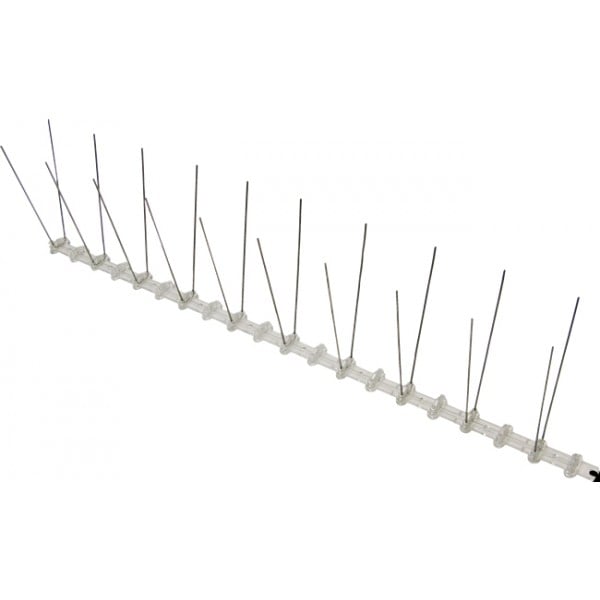Feral Pigeon

These nuisance birds were introduced to the UK as pets but quickly adapted to our environment and have continued to flourish in numbers, becoming a pest of business, airports, historical landmarks, schools, stadiums -- any place where adequate food and shelter is available. Pigeons primarily feed on grains with some occasional fruit in their diet. This basic diet has changed as the birds learned to live in our neighborhoods and cities. It is not uncommon to see flocks of pigeons walking through the parking lots of shopping centers and fast-food restaurants, looking for handouts or scraps of food dropped by humans.
Pigeons are birds that live in communal flocks. These flocks generally feed, loaf and roost together, enjoying the company of their companions. These birds usually mate for life. Pigeons have a life span of up to 10 or 15 years in the wild but in urban areas they may only live for about 5 years.
Most pigeon problems occur where the birds are loafing or feeding. It is in these areas that you generally need to use nuisance bird control products.
Elimination of nuisance birds (including pigeons) can involve the use of visual scare devices, roost inhibitors, audible or sonic devices and inaudible or ultrasonic devices. Ultrasonic devices work well in lofts or high ceilings of warehouses, dry docks or other large, indoor areas. Professional ultrasonic units (such as the Quadblaster) cannot be used outdoors, as their speakers cannot tolerate rain, snow or other moist conditions.
- Remove there food source
- reducing nesting and roosting sites
- bird proofing of buildings
- trapping and removing small established population
- Cull of large flocks congregating at food source






